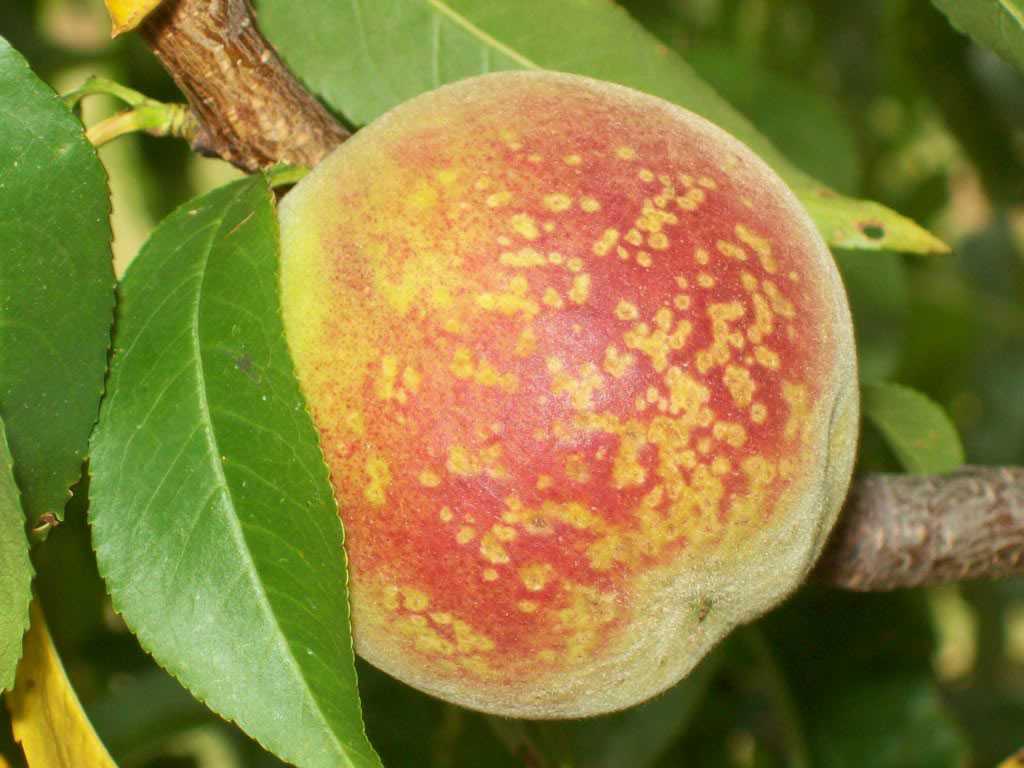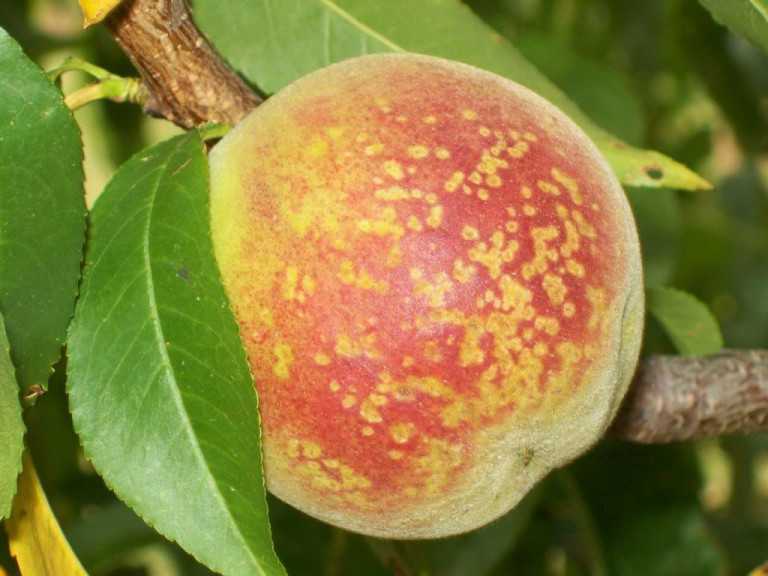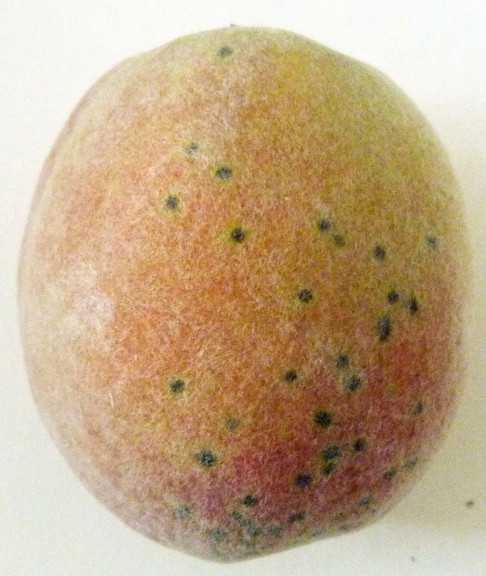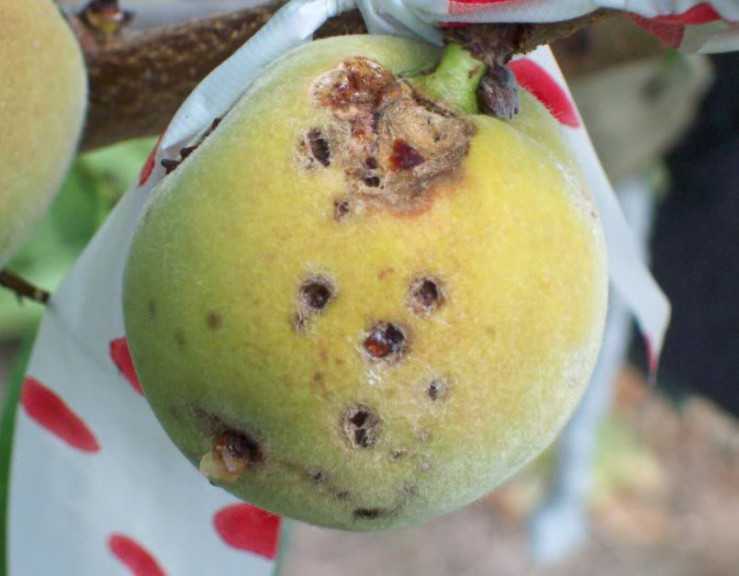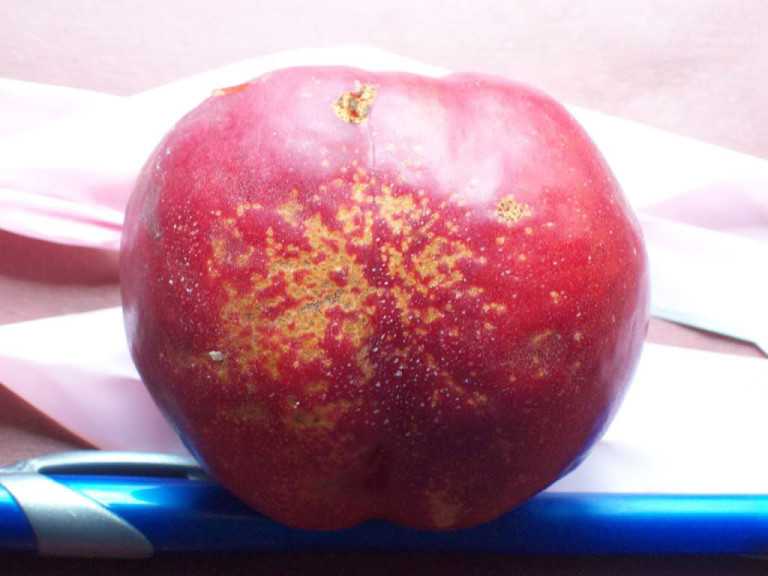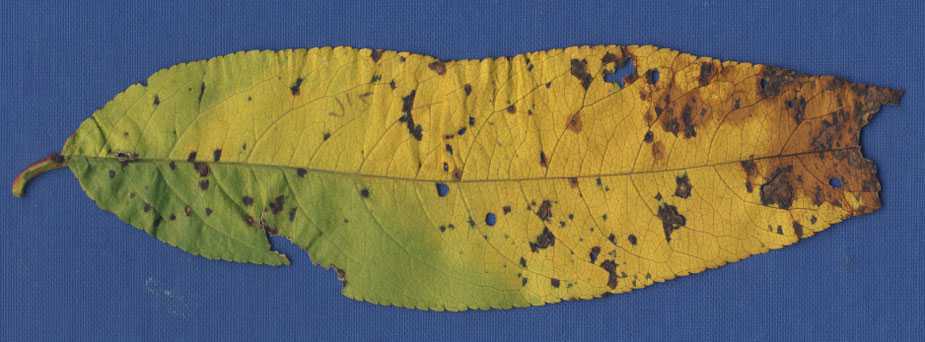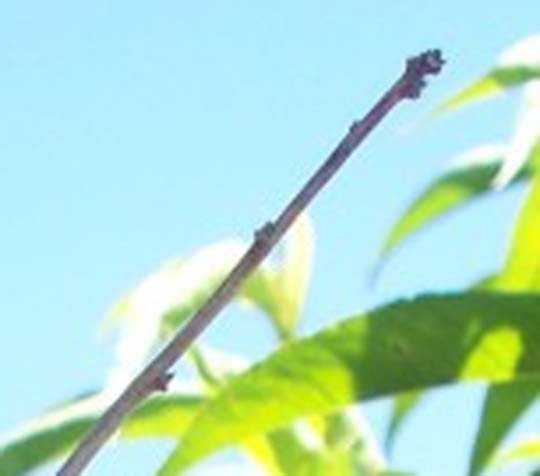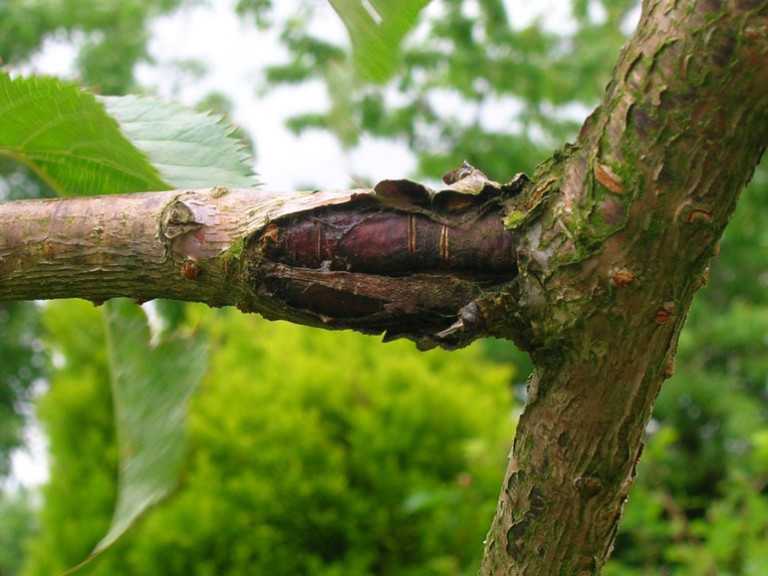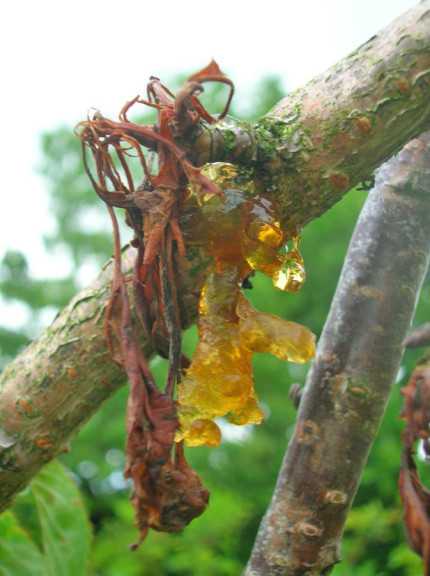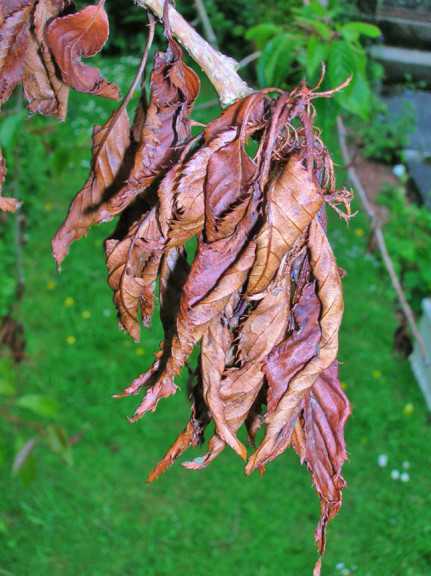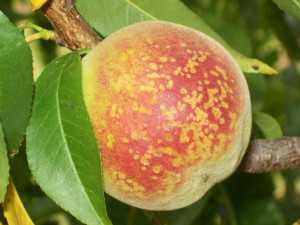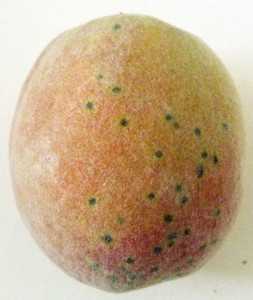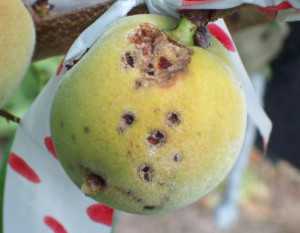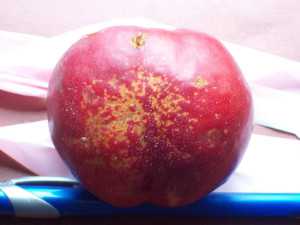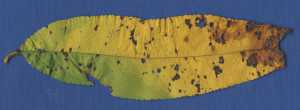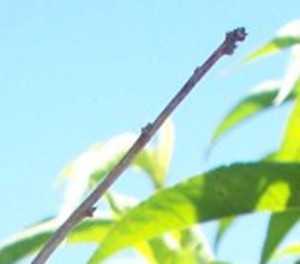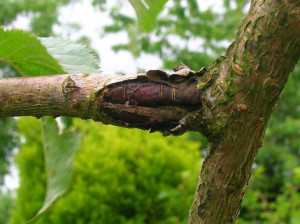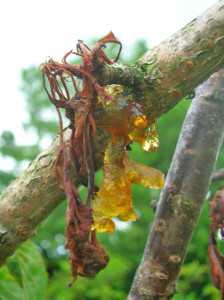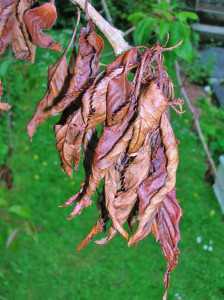Tips To Identify Bacterial Diseases On Stone Fruit [Slideshow]
[blackoutgallery id=”59949″]
Both bacterial spot and bacterial canker are destructive bacteria that infect stone fruit. Let’s take a look at some of the predisposing factors to infection, symptoms to watch for, and tips to help you avoid problems in your orchard this year.
Bacterial Spot
Symptoms limit yields and in some cases, 100% fruit loss has been observed. Bacterial spot can be confused with the fungal disease peach scab, however the symptoms are different.
Unfortunately, there are few effective controls for bacterial spot. Cultivar susceptibility in early bud break and early fruit ripening can favor the occurrence of bacterial spot. Sandy and clay soils also predispose trees to this bacterial disease. Disease is favored by hot, humid, and wet conditions. Wind and wind-blown sand can increase the severity of bacterial spot by creating wounds for bacteria to enter.
Bacterial Spot Management
There are two primary strategies for bacterial spot management. One is to plant bacterial-spot-resistant cultivars. These cultivars are not immune to the bacteria, so control measures will still need to be applied especially if there is high disease pressure and susceptible cultivars are planted nearby.
The other management strategy is using chemical control. Copper can be applied; however, there is a risk of phytotoxicity and resistance. Growers can also apply oxytetracycline, which is often applied as many as 10 times during a season if disease conditions persist. The risk with oxytetracycline is possible antibiotic resistance, persistent yield loss, and label imitations.
Bacterial Canker
Bacterial canker is most problematic on sweet cherry varieties. This is a cold-weather disease, with epidemics seen most in cold, frost-prone areas in the spring. This infection limits tree life and productivity and is caused by several bacteria. Losses due to fruit lesions are sporadic. The infection moves into the trunk and limits production and causes tree decline.
Some of the predisposing factors that favor the occurrence of bacterial canker include the training system, cultivar and rootstock susceptibility. Trees planted with the Modified Central Leader and Spanish Bush are most susceptible, whereas the Perpendicular V system is the least susceptible. Bacterial incidence is likely in sweet cherry cultivars such as Sweetheart and Lapins. Bing has also shown to be susceptible. Gisela rootstock is highly susceptible to bacterial canker.
Soils with nutrient deficiencies, including a low nitrogen rate, low soil pH (below 5.5), and high nematode populations can favor the occurrence of bacterial canker.
The bacteria produce proteins that increase the freezing temperature of water. Consequently, when bacteria are on the surface of the plant, frost damage can occur thereby predisposing the plant to disease since the bacteria feeds on the nutrients released by the injured plant tissue. During bloom, bacterial populations increase 10 to 100-fold. Autumn rains and cooler temperatures can cause higher rates of bacterial colonization, and infection at leaf scars can be high. When trees are exposed to severe temperatures, the chance for infection increases.
Winter pruning may also cause bacterial canker.
Bacterial Canker Symptoms In Fruit
Sporadic symptoms may be seen, including water damage with soaked lesions, brown lesions, and spots.
Bacterial Canker Management
Management of bacterial canker includes keeping trees healthy. Remove and prevent plant stressors by maintaining adequate nutrients and soil pH. Control nematodes in the soil. Plant trees in well-drained soils. Weeds support bacteria populations, so keep weed populations low. Remove wild Prunus. Old trees are a source of bacteria; do not inter-plant new trees with old trees.
Reduce bacteria before trees enter susceptible periods. Copper sprays such as a Bordeaux mixture with Canola oil (2.8 quarts Canola oil per 100 gallons) may be applied in the spring as well as September, October, and November to help reduce bacteria bacterial populations.
Avoid large, dormant cuts when pruning. Minimize the impact of disease with summer pruning. Keep in mind the 12-inch rule with stub pruning, distancing infection from the main trunk.




